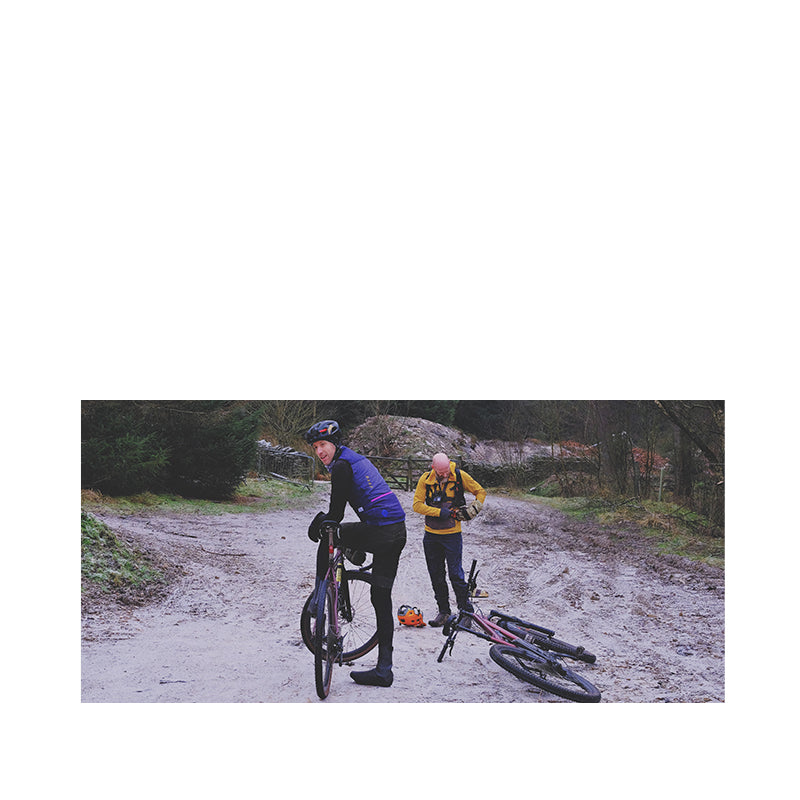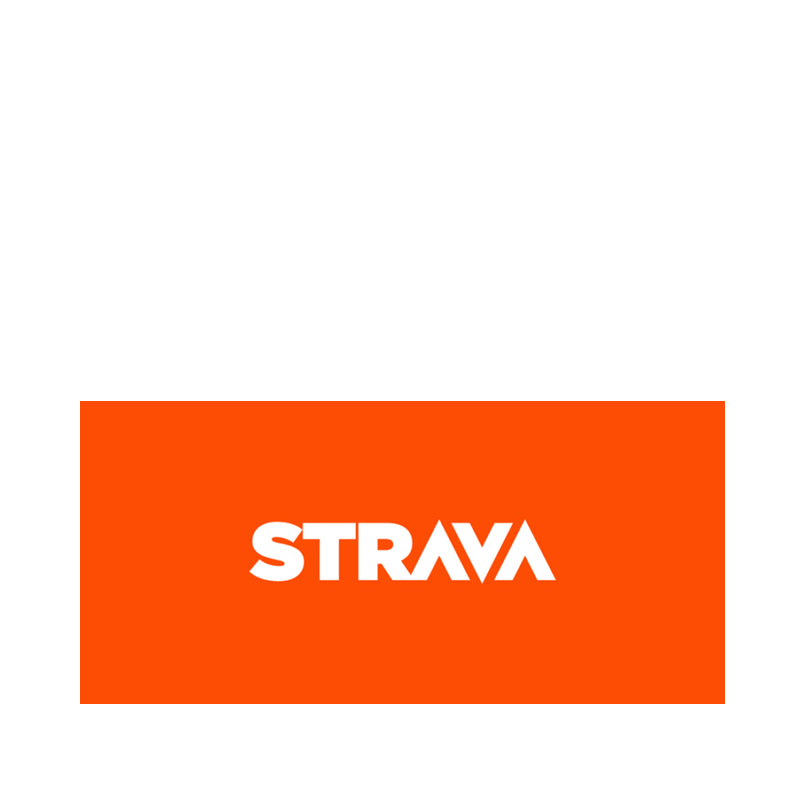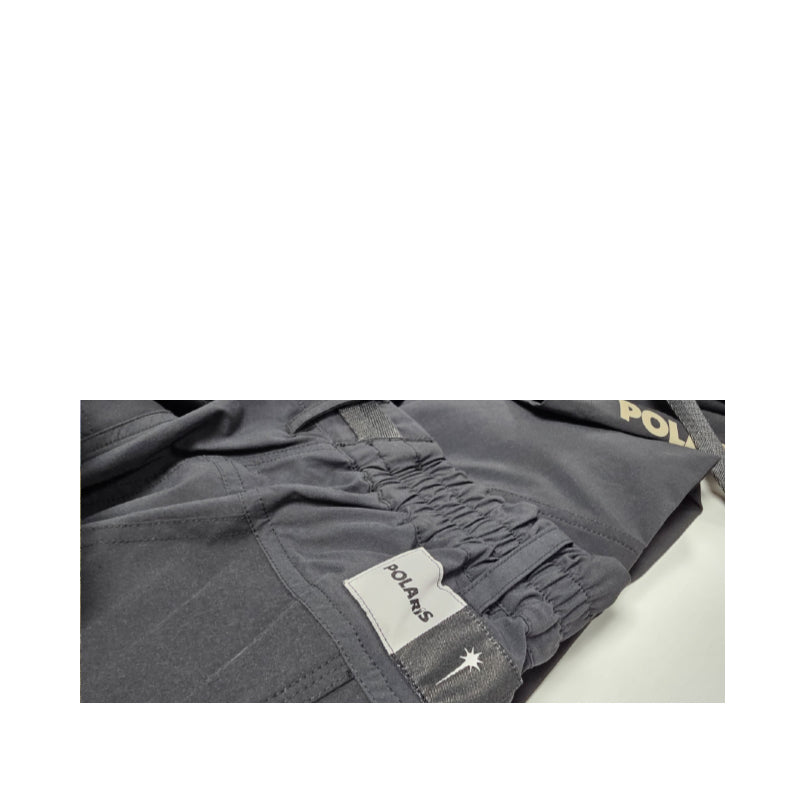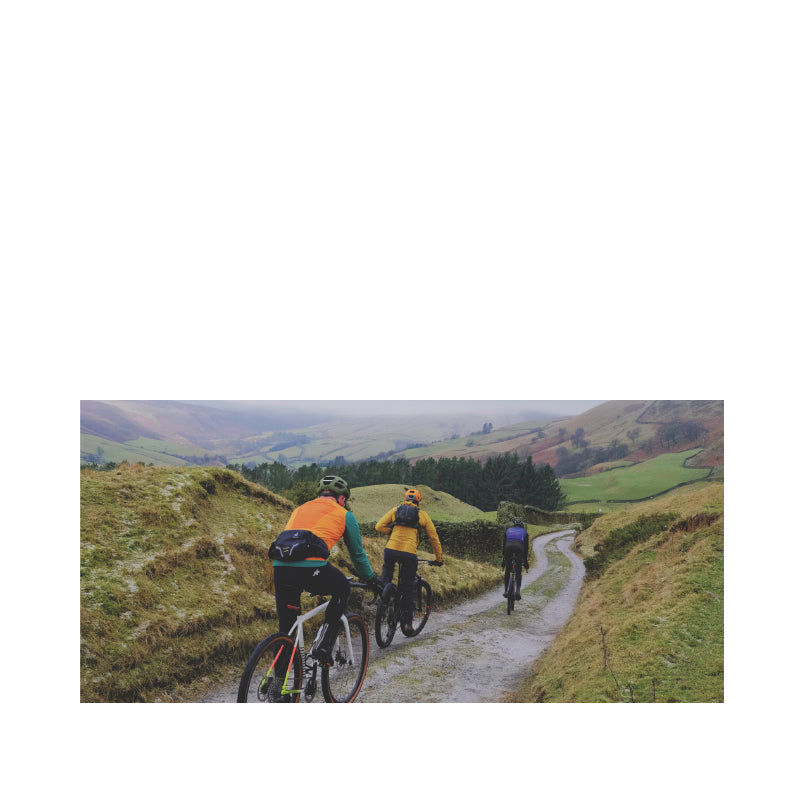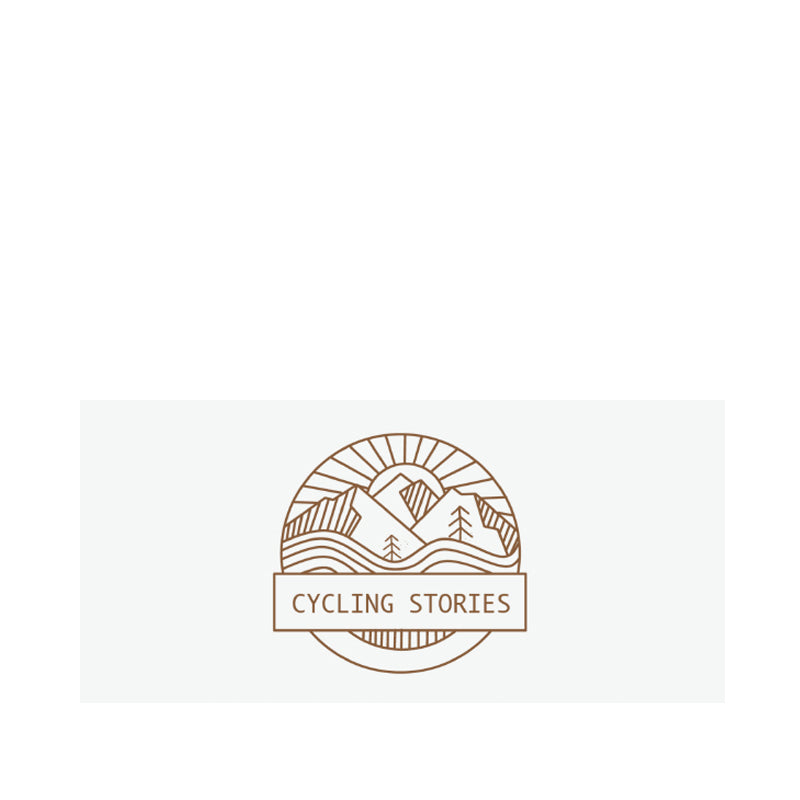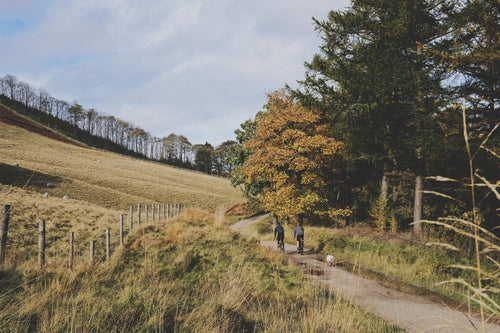How to eat
Hopefully the basic information in Part 1 has given you an idea of the various ingredients that form your riding fuel. Now let’s talk about how you can make the best use of that dietary data in terms of timing and targeting. Whether that’s in terms of riding performance or general wellbeing.
In part two of the series, Guy Kesteven talks through fuelling around and finding out: how to trial different foods and what works for you.



Don’t you do clothes not food?
I’ll start off by saying that none of us at Polaris are nutritionists or sports scientists with any kind of qualification or research to our names. However, we like to think several centuries of combined riding experience, including both endless energy days and pitiful post bonk crawls gives us a good insight into real-world ride fuelling. We’ve also got a range of preferences, personal choices and levels of dietary discipline in the team too. So hopefully you’ll find our wisdom useful.
Fuel around and find out
If you think we’re going to start throwing generic stats and diet plans at you then you’re going to be disappointed. That’d be as daft as telling you exactly what clothes you should wear for a ride without knowing what the weather is. If there’s one thing we’ve learnt, it’s that everyone reacts differently to different foods and what’s perfect for some is almost poison for others. We’ve also learned that different diets can work on different days, different durations and different intensities. That’s why we’ve included a little ‘what I put in my belly bio’ for each of our regular ride crew in this feature. Just to underline the fact that we’ve all got different approaches that works for us.
The only way to really find out what really works for you is to fuel around and find out – try different foods on different rides. However, if you’ve got an epic ride or race planned then avoid the temptation to stuff your pockets with fancy science you’ve never used on those days. Trying a new food/feeding strategy is potentially a disastrous thing. The same goes for relying on feed stations or goodie bags at events and suddenly finding out that latest hipster energy bar makes you hurl, or worse contains something you're allergic to.
Don’t swallow the hype
It’s always worth keeping in mind that the nutrition industry is a multi-billion-dollar business. They spend a lot of money literally pushing their product down your throat, along with paid editorials or funding research to suit their sales targets.
To an enthusiast, the difference between science-backed products, and a handful of sugary sweets can be hard to determine. If you take things seriously or are a competitive athlete then vying for that extra few percent can be worth the stress. But, like most of us, if you’re just riding for fun then doing a good job with the basics is probably enough.
However, you can’t make huge profits out of pushing home-made bread or bananas, so simple food that’s increasingly being shown is very good for you is bad for business. In fact, a good rule of thumb could be that the more money someone is likely to be making from a product the worse it probably is for you.

Hungry to ride
At Polaris we’re always hungry to go riding. We also know that being hungry when riding is never a good idea. How early you start prepping against this should depend on the length of the ride. If you’re going for a long one then make sure you don’t feel hollow at any point in the previous few days and certainly not the day before. While carb-loading isn’t the buzz word it used to be, having a good sized carbohydrate-based meal the night before won’t hurt.
Something potentially explosive like a chilli or curry or something very fatty probably isn’t so smart though, especially if it’s an event where an emergency toilet dash is not the ideal warm up. A simple carb-based breakfast (porridge, muesli, toast, etc.) is a good way to load up on slower release energy the morning of, then get yourself ready with something slightly more fruity / sugary about 30-15 mins before the start.
Inflight refuelling
Once you’re rolling then snack and nibble as regularly as possible right from the start. I’ve always been a firm believer in this but now eating a lot more while exercising is backed up with research and the incredible start to finish speeds we’re seeing in racing.
How many calories you can get in (and keep down) per hour will depend massively on how trained you are to do it, and also what you’re eating. So, while pros might neck 120g of carb gels and drinks every hour you’ll be doing well to comfortably consume half or a quarter of that. It all helps though. And again, in terms of timing, every 15-30 mins is a good guide as that will keep you nicely topped up and stop any extreme highs and lows. Don’t forget to drink at least every time you eat too so you don’t dehydrate yourself: the drier/richer the food, the more water you’ll need to wash it down.
Keep eating all the way to the end of the ride too. That way there’ll be fuel in your system to start the recovery process as soon as possible. If you’re not racing for a sprint finish then the last half hour or so, and the same time after the ride, is a good time to take on something more protein rich too. That’s because your body is more likely to send the nutrients straight to the muscle stores that have been depleted. Finishing the ride with energy left also means you’re much less likely to over-eat afterwards.
On that note if you’re using cycling for weight loss don’t take your diet riding. Not eating enough and running out of fuel will make your body break down muscle not fat to help you crawl home. Plus, if you’re not able to work hard you won’t be burning as many calories overall.

Fads will fail
In our experience the more extreme the eating plan you pursue the less likely you are to stick to it long term. It’s consistent long-term wins over years, not sudden shape changes within weeks, that we should all be looking for. Sure, if following a certain diet makes you start really thinking about what you’re eating then great. That’s far better than just being totally ignorant about your intake.
At the end of the day though, most science-based evidence says a mixed diet made up of mostly plants with as little processed food as possible is the healthiest, most sustainable way to eat. That’s not only in terms of fuelling your riding either, but also looking after your bones, skin, eyes and mental health as you get older.
Eat what you want
We don’t mean in the ‘stuff yourself silly all the time’ sense. What we mean is there’s no point taking what you think you should eat on a ride if you don’t actually like eating it. Instead take something tasty and moreish so you’ll snack regularly and stay fuelled rather than holding off and getting hangry.
On a similar note, part of fuelling around and finding out is learning that sometimes your body knows best and its instincts are sometimes way more accurate than anything the internet will show you. If you’re really craving fish and chips after a big day out or some mega salty crisps after a summers ride then go for it.
Because at the end of the day eating, like bike riding, should be something we enjoy. And the fact that riding lets us do more eating and eating lets us do more riding is perhaps the best thing of all.
Some Team Polaris food choices
Ben
“I'm all for homemade sandwiches. Stuffing it with all your favourite goodies or whatever you have in the fridge. It’s always a winner.”

Mark
“I really dislike eating anything before a ride that makes me feel full or like I am carrying weight. I just find it horribly uncomfortable so I tend to start a ride on an empty stomach. Not brilliant I know and Barry will shake his head in disappointment.”
Tom
“I don't carb load or anything before a big ride, I just try to make sure I eat a decent amount of food. Pizza is always the correct answer to any food question.”
“How long does a ride have to be for you to take food and actually eat it? This is where I begin to disappoint Barry. I subscribe to the whole nutritional revolution thing, I'm just not very good at practicing it. I always take food, but can easily go 2 and a half hours without eating it. There’s a running joke in my house that I keep taking the same gel for a bike ride.”
Kyle
“I’ve always struggled eating in the morning and usually head out for 8am so most of the time I’ve not had anything before the ride. If I do manage something, it’s a flapjack bar or something equally convenient.”
Barry
“Anything longer than an hour and I’ll fuel on the bike although if it’s a tough structured ride I might need to fuel less than an hour.”
“I try to fuel well enough during the ride that nutrition afterwards is probably more protein focussed. I don’t really have a stable post ride meal.”


